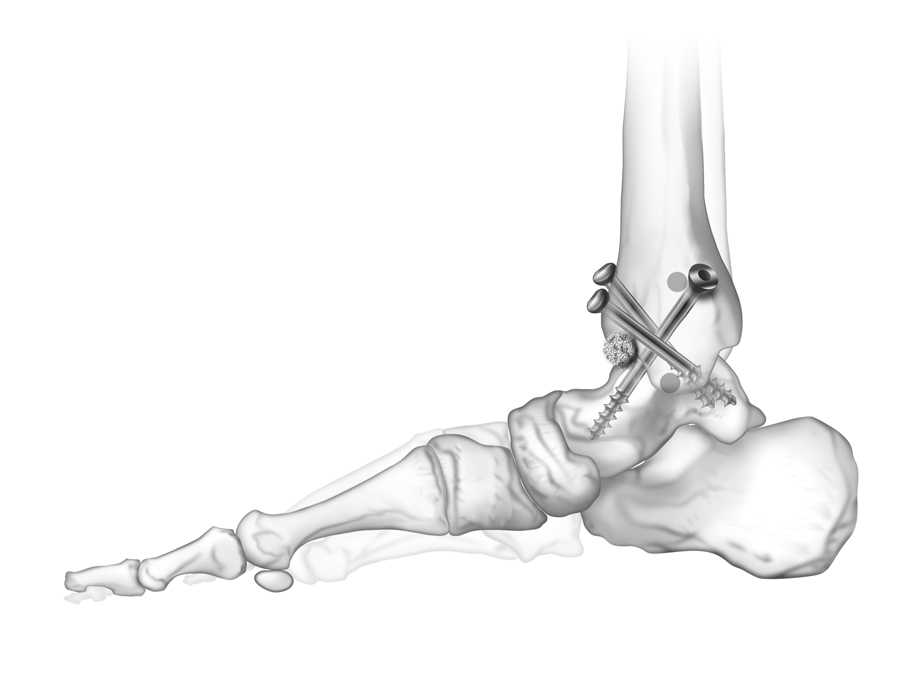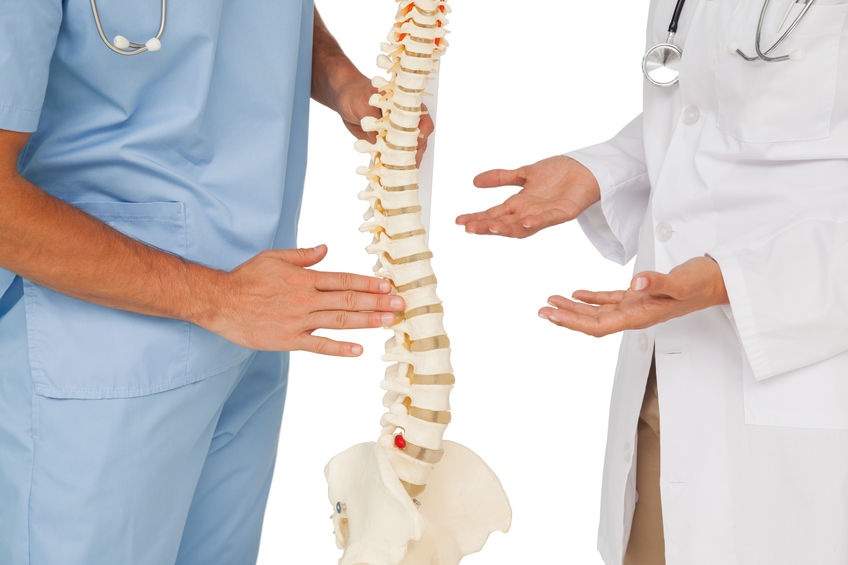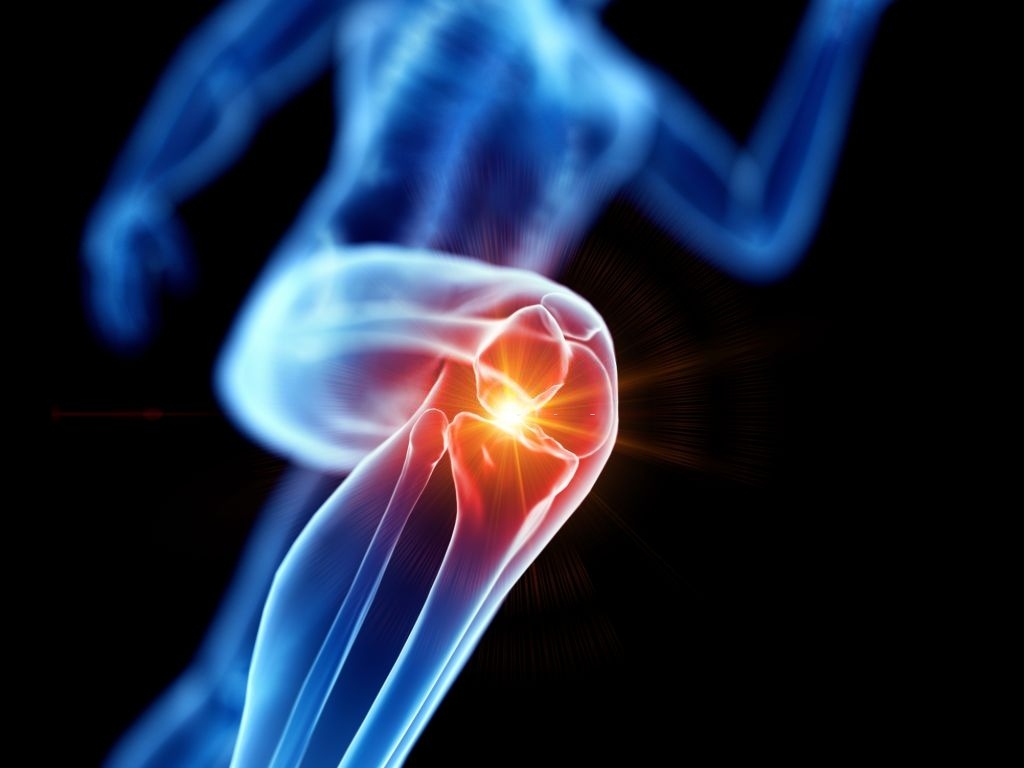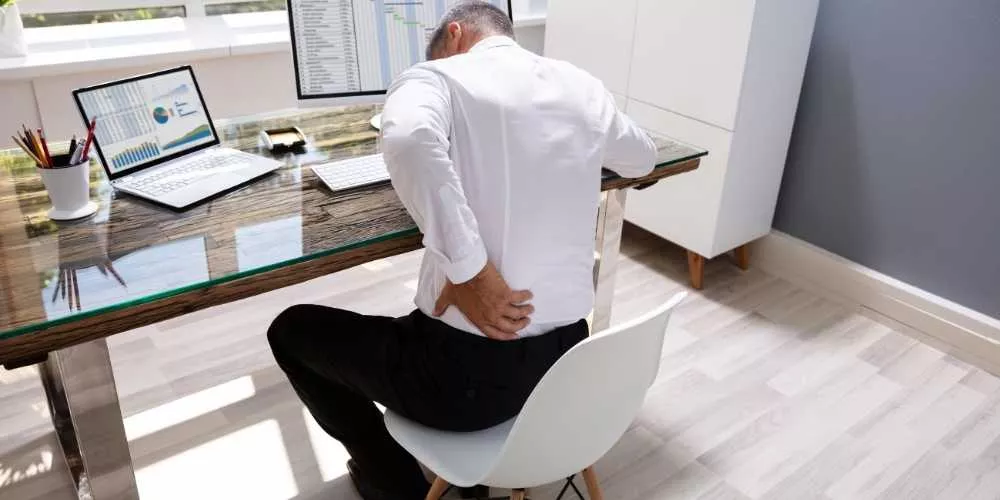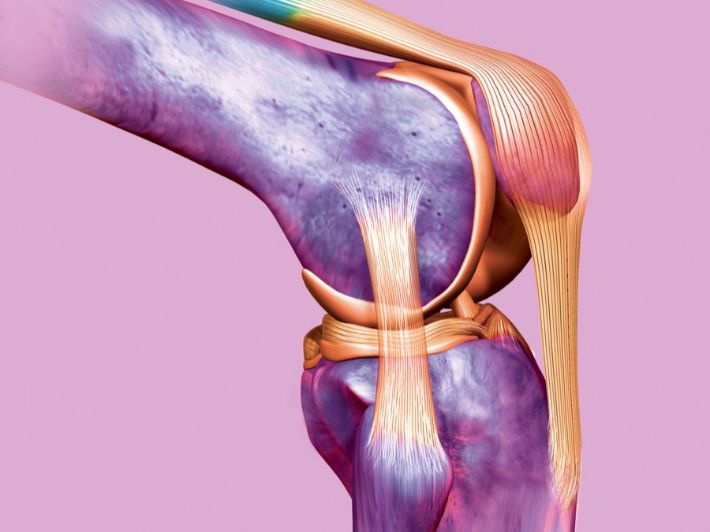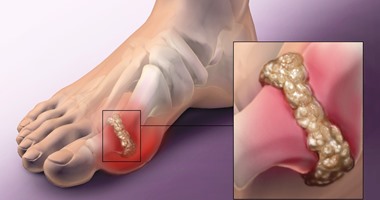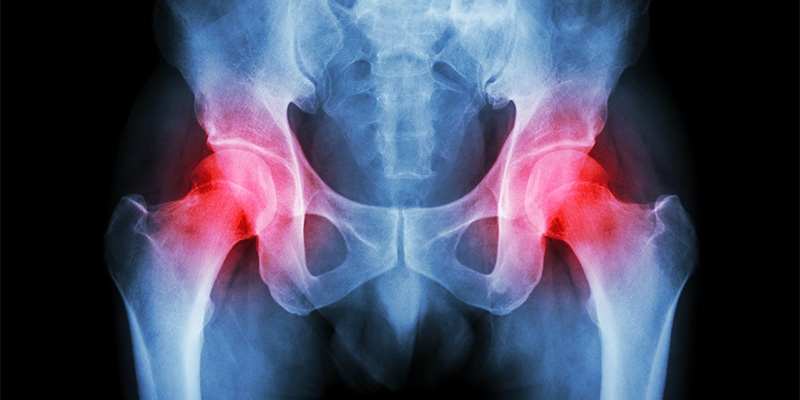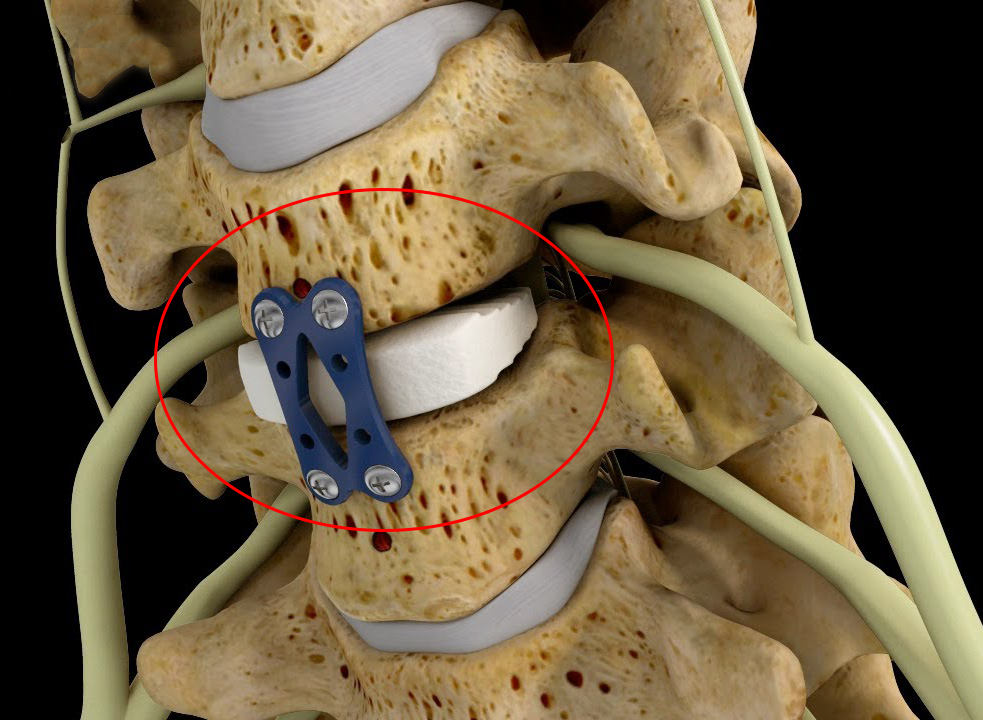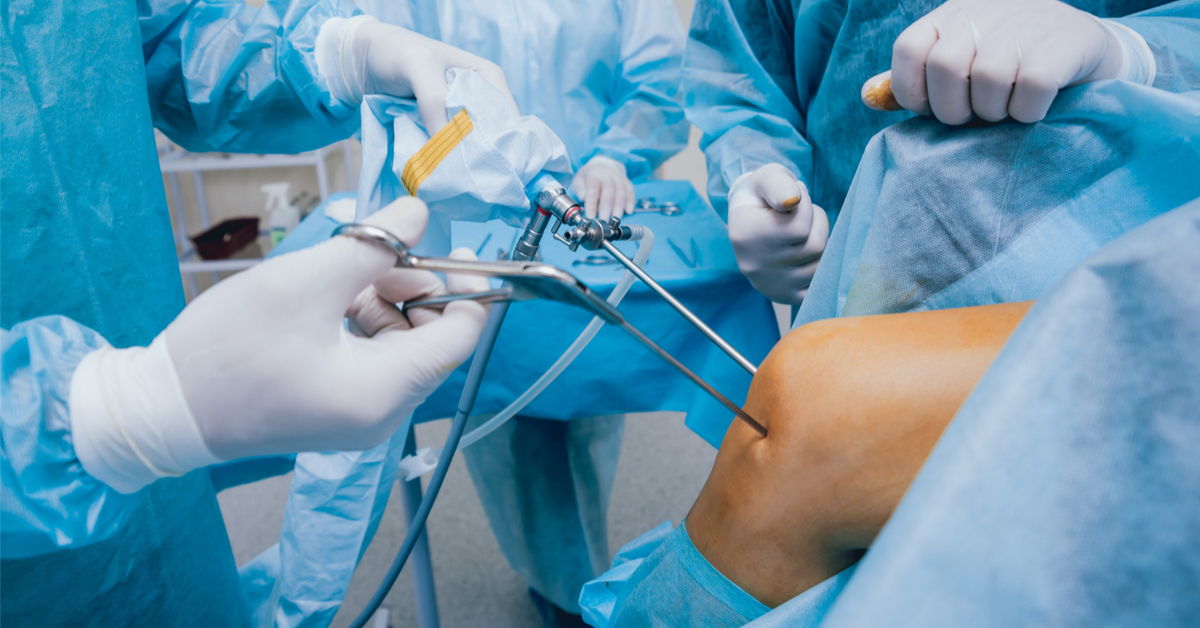What are the recovery stages after pelvic joint surgery?
The process of replacing the pelvic joint is considered one of the operations that it is not preferable to resort to if there are medical alternatives that do not need to be performed, but when it is necessary, the patient must be aware of many aspects of them. Follow the following article with us to learn important information regarding this topic.
What are the recovery stages after pelvic joint surgery?
After performing the pelvic joint replacement operation, the individual goes through many stages until he reaches the stage of complete recovery, and here are those stages in detail:
- The first and second day after the operation: the doctor may allow some people to return to their usual daily diet, in addition to taking oral painkillers to reduce the pain.
- The third day after the operation: Three days after the process and ensuring that no severe complications or side effects appear, it is possible for the individual to be discharged from the hospital.
- From the fourth to the ninth day after the operation: During this period, the patient’s dependence on painkillers becomes less than before, and during that period he begins to follow the physical therapy program determined by the doctor by prescribing a set of exercises that are safe for the wound and help restore its flexibility.
- From the tenth to the fourteenth day after the operation: After that period, the doctor removes the stitches, and the individual in that case can take a shower.
- From the third to the sixth week after the operation: the individual begins to recover in a small percentage so that he can perform simple daily activities such as walking without crutches or driving a car.
- From the tenth to the twelfth week after the operation: the individual can return to his normal life as before without any obstacles, as he has fully recovered.
Risks of hip replacement surgery
Although the operation to replace the pelvic joint may be the only option for some individuals to be able to live their lives normally, there are some risks to this operation that make doctors leave it as a last option after exhausting all other treatment solutions, such as:
- The individual may have a blood clot after the operation in one of the veins that are located in the pelvic area and the leg after the operation, and this clot may move to the heart or lung, and this is what makes the doctor prescribe blood thinners during the first week of the operation.
- The occurrence of changes in the length of the leg and the emergence of a clear difference between the two as a result of the contraction of the muscles around the hip, but this problem is solved by doing stretching and prolongation exercises.
- The individual may suffer some minor fractures in the hip or pelvis area during the operation, and in that case, they will heal on their own, but if the fractures are large, then they need wires and screws to treat them.
- Damage to the nerves that are located in the place of the artificial pelvis, and results in a feeling of weakness, pain, and anesthesia in the leg.
- Catching an infection at the site of the operation or the surrounding tissues and the deep tissues that are located near the pelvic joint.
- Expelling the joint ball from its place and leaving it completely out of the socket, and can happen in the first months of that operation.
Pain after hip replacement surgery
Feeling pain in the first days of the pelvic joint replacement is considered normal as a result of the fact that the wound needs time to fully recover, and to reduce this pain, the doctor advises taking some painkillers over a period of time so that the patient does not feel disturbed. It is up to 3 days for him to receive medical care and close follow-up of his condition to ensure that no side effects occur after the operation and to control the pain felt by the individual.
That is, the pain that occurs after that operation is normal and does not cause concern and it can also be controlled, but if the patient notices some other things such as swelling in the joint place or feeling hot coming from it, redness and a high temperature, then, in that case, this is a sign of catching a bacterial infection and the specialist doctor must act immediately to solve that problem.
What after hip replacement surgery?
When performing a pelvic joint replacement operation, there are many tips that the patient must follow well to ensure that no serious complications occur, such as:
- Avoid doing a full hip flexion of more than 90 degrees.
- Take care not to twist the hip in any way.
- Not to focus the weight on the ball in the foot.
- The need not to lie on the side, especially in the early stages of operating.
- Avoid certain movements, such as cross-legged movements while sitting.
- Do not sit in a squatting position.
- Take all precautions to avoid falling or being hit.
- Do not drive a car for 6 weeks after the operation.
Physiotherapy after pelvic joint replacement
After undergoing the operation to replace the pelvic joint, adherence to the physical therapy program determined by the doctor is imperative to accelerate the recovery process and ensure that the patient regains his health and flexibility, and here are the best candidate exercises in treatment:
Ankle pump exercise
This is one of the exercises that can be done while lying down, and to do it, the following steps are followed:
- Lie on your back.
- Then push the ankle with the foot up and down by pulling the foot up towards you and then pushing the foot down.
- This exercise is repeated up to 10 times, taking a short rest from time to time.
- Continuation of this exercise remains valid until the return to the previous level of activity.
Heel raise exercise
This exercise is classified as one of the exercises that are performed in a standing position, and it is done by following these steps:
- At first, keep your body weight evenly distributed on both legs.
- Very gently, stand on your toes by lifting your heels off the floor.
- Work on tightening the muscles of the buttocks.
- Keep the legs straight the whole time.
- Gently lower the heels to the floor.
- These steps are repeated up to 10 times.

